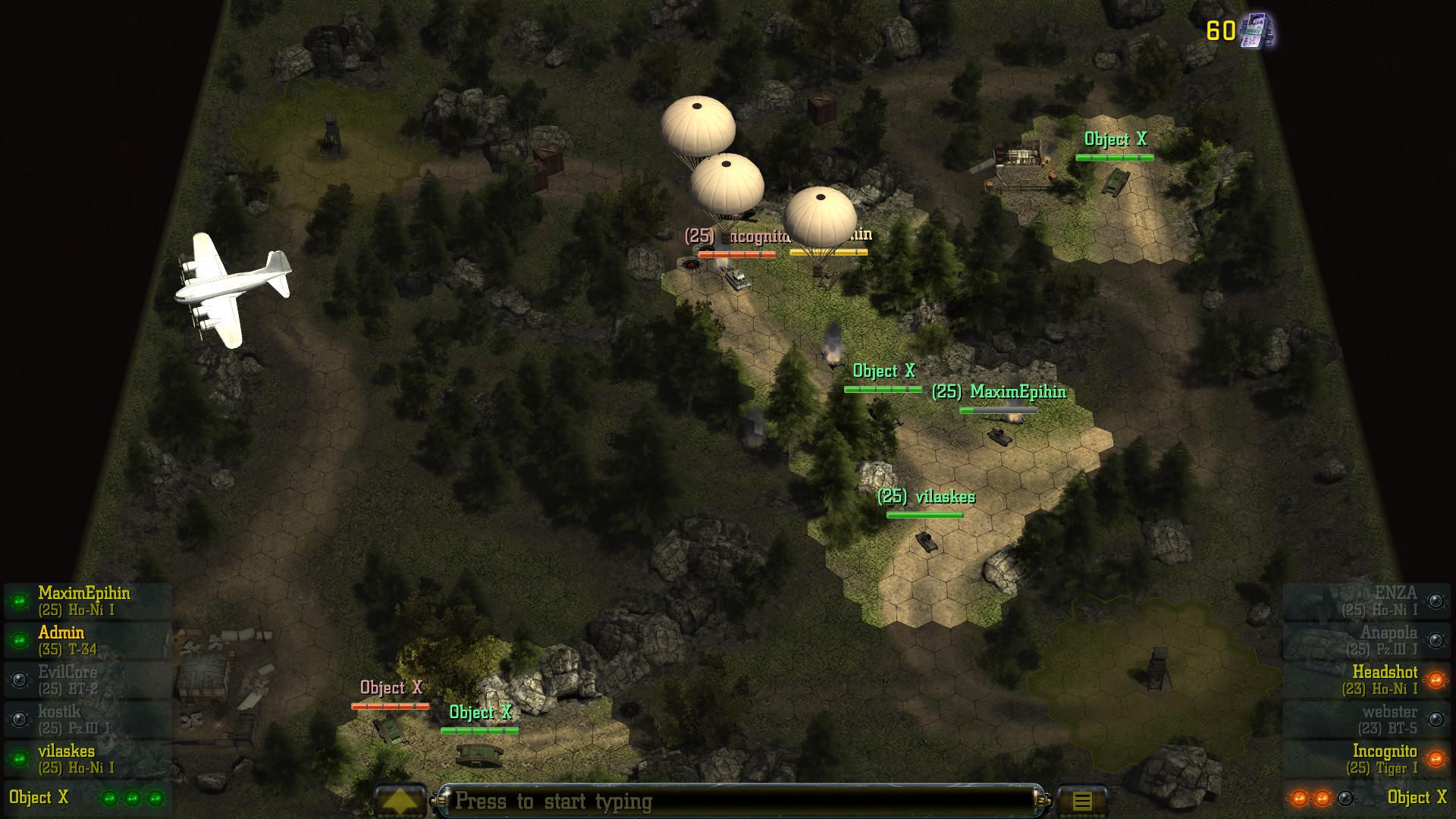

# zfs snapshot can create snapshots for all descendent file systems by using the -r option. In the following example, a snapshot of tank/home/ahrens that Name is specified as snapshot name must satisfy the naming conventions defined in ZFS Component Naming Requirements. Which takes as its only argument the name of the snapshot to create. Snapshots are created by using the zfs snapshot command,

Snapshot, see Sending and Receiving ZFS Data. Snapshots of volumes cannot be accessed directly, but they can be cloned,īacked up, rolled back to, and so on. Taken at one consistent time, even across descendent file systems. Theīenefit of atomic snapshot operations is that the snapshot data is always The snapshots are created together (all at once) or not created at all. Recursive snapshots are created quickly as one atomic operation. Snapshots consume disk spaceĭirectly from the same storage pool as the file system or volume from which they The theoretical maximum number of snapshots is 2 64. ZFS snapshots include the following features: The old data and so prevents the space from being freed. However, as data within the activeĭataset changes, the snapshot consumes disk space by continuing to reference No additional disk space within the pool.

Snapshots can be created almost instantly, and initially consume The following sections are provided in this chapter:Ī snapshot is a read-only copy of a file system Information about saving snapshots is also provided in this chapter. This chapter describes how to create and manage ZFS snapshots and clones.


 0 kommentar(er)
0 kommentar(er)
